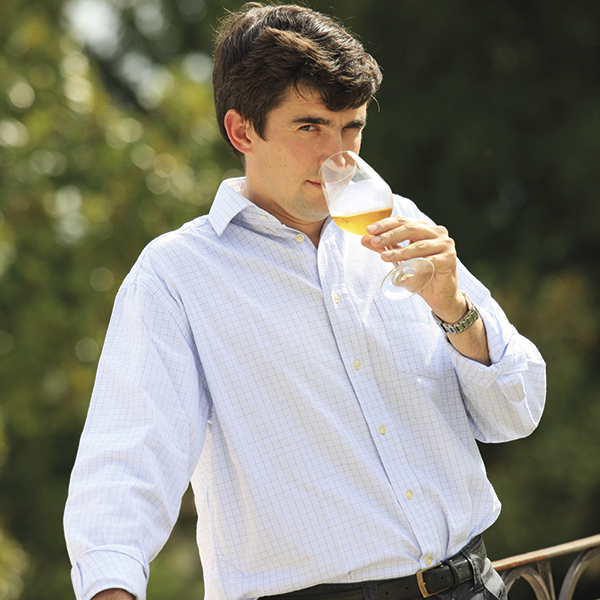
Your father, Denis, who is also an oenologist, is known in Bordeaux for improving the quality of white wines. What prompted him to focus on them?
In the 70s, Bordeaux sweet, and not dry, white wines were popular because they sold very well in northern European markets. About 40 percent of wine production was sweet wines then.
But demand for sweet wines declined in the 80s, and my father, who was unsatisfied with the quality of Bordeaux dry whites (they lacked aromas and did not age well), decided to focus on the dry whites, especially Sauvignon Blanc. He began experimenting with different yeast strains during vinification, and barrel fermentation to lend more character to the wines. He felt the white wines at that time were not unique as they all tasted the same. Today, we manage the wines for Clos Floridène, Château Cantegril, Château Reynon, Château Haura and Château Doisy-Daëne.
Talking about sweet wine, you also make a Sauternes with Château Doisy-Daëne. Tell us more about this elixir.
Château Doisy-Daëne in Barsac has been with the family since 1924. The calcareous bed rock and limestone in Barsac’s soil give minerality to the wine. The sweetness of the Sauternes comes from the botrytised grapes. Most people know that a botrytised fruit shrivels and turns sweeter, but in late 2000, we did an in-depth study of this phenomenon and we found the scientific answers fascinating: once the fungus invades the fruit, its metabolism increases to build up its (not very effective) defence mechanism, releasing more sugar. The candied aroma in the berry then multiplies by a factor of 100, so that is a 10,000 percent increase from its initial sweetness.
Excerpt from August’13 issue of epicure.
